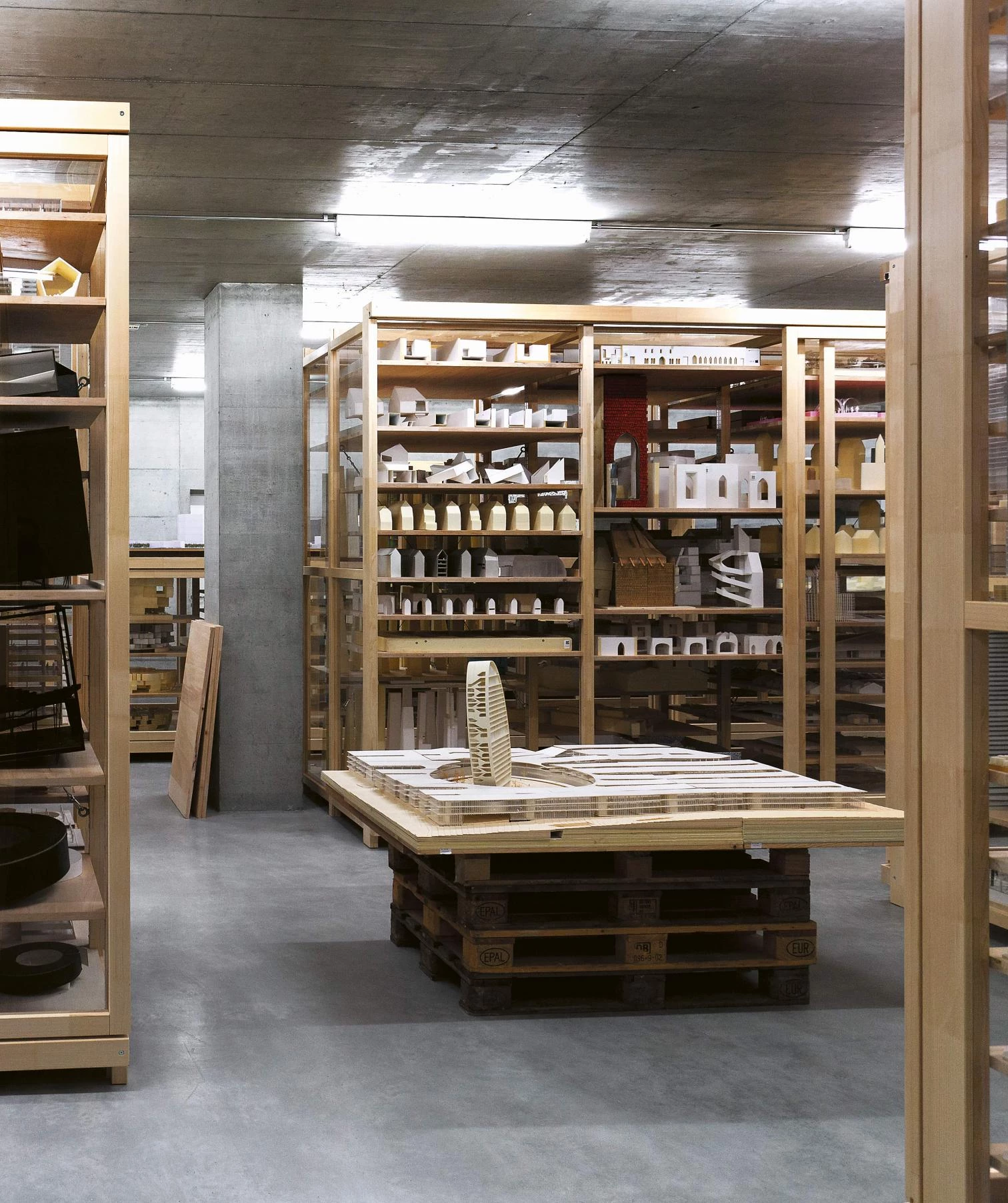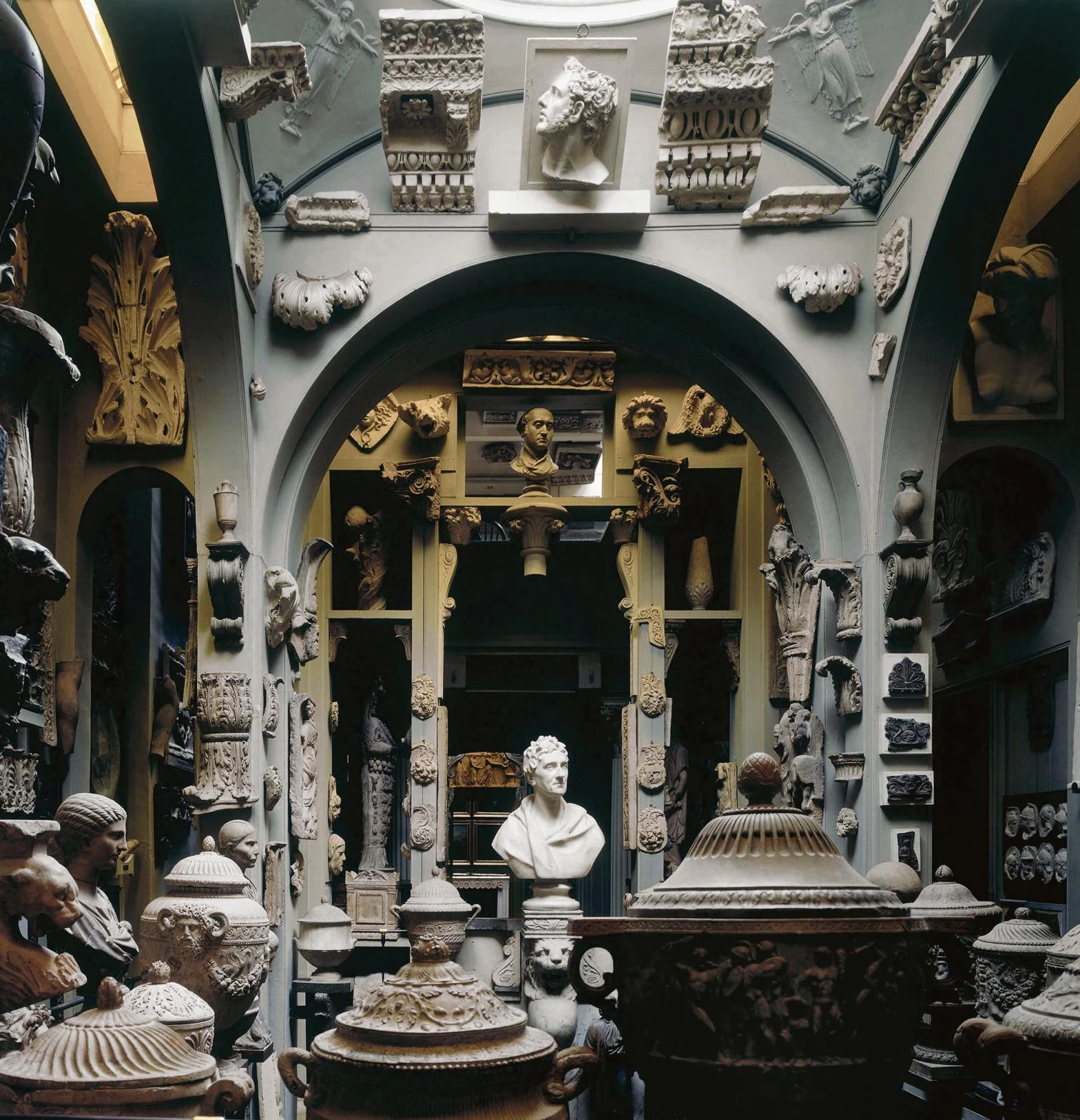Muses in the basement
Art Depots: Two Case Studies

Herzog & de Meuron, Edificio Helsinki Dreispitz, Basilea
Before they became the property of liberal states – that is, before they became ‘modern’ – museums were simply collections: clutters of artistic objects which sometimes reflected the exquisite tastes of a prince, lord, or dilettante, but always had a single purpose: to show off. The ostentation of the prince or lord, in a position to acquire so many objects of great value; and the ostentation of nature and the human being, able to produce such motley wonders. In these early museums – wardrobes full of small bits of this and that, wunderkammern bursting with mirabilia, galleries replete with canvases and archaeological pieces – the muses did not show their treasures to common mortals. They stayed at home.
The wardrobes, wunderkammern, and galleries that the princes showed to whomever they chose, and which were much like secret domestic corners, became obsolete when ownership of the objects changed. Whether through cessions from monarchs (the Prado, the National Gallery) or through expropriations and looting (the Louvre), the modern museums endowed themselves with huge treasures and wished to share them not with a privileged few, but with the populace at large. Muses went public, and with this change came the model that to a large extent remains in force today: the museum as a three-dimensional catalog, one which draws a narrative of taxonomy and value whereby some works manage to become part of an unquestionable canon, whilst others never make it through the discerning filter. The former are proudly put on display in the main halls; the latter are locked away in storerooms, the unconscious of museums.
The story does not end here. Nowadays the focus of critics – who among other things are revising concepts like the exhibition and curatorship – has shifted, precisely, to the unconscious of museums. What’s attractive about storage places? Why are we drawn to the items that are put aside after a classification process carried out from a certain perch of power? Because they reveal what’s left out of hegemonic discourses, and because they open up a window for museums to expand their exhibition narratives in terms both qualitative (critical revision) and quantitative (visitor numbers).
So it is that curators and architects are rethinking the collections, the circulation routes, and the very concept of the museum. A revision which this dossier takes stock of through two important examples: Foster+Partners’ Narbo Via museum of Roman antiquities in Narbonne, designed as a neutral container for thousands of archaeological fragments; and MVRDV’s Depot Boijmans Van Beuningen in Rotterdam, the mirror walls of which conceal a Piranesian scenography displaying part of the 151,000 objects owned by the institution.

Museo Sir John Soane, Londres






